"Ombre"- the effect of regrown roots, the transition from dark hair color to light.
What to do if you already light color hair?
Yes, it's very simple, darken the hair roots, while choosing a paint color similar to your natural color, or darker. In the shop professional cosmetics for hair you will find the natural tone and shade you need.
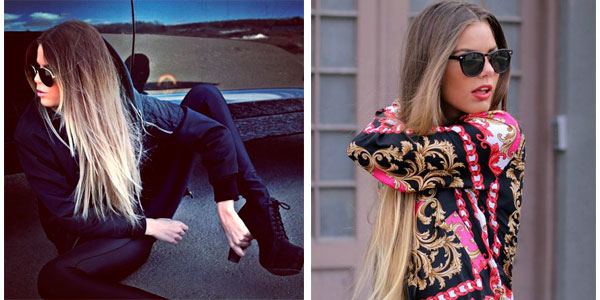
To make an “ombre” look, use paint with the same shade and a difference of 1-2 levels.
For example, if you have tone 9 with an ashy tint, then take tone 7-8, with the same shade. Likewise with gold.
That way you won't have any nasty surprises.
If you do not know what color to choose - take from the line fair-haired flowers(medium - blond, dark - blond).
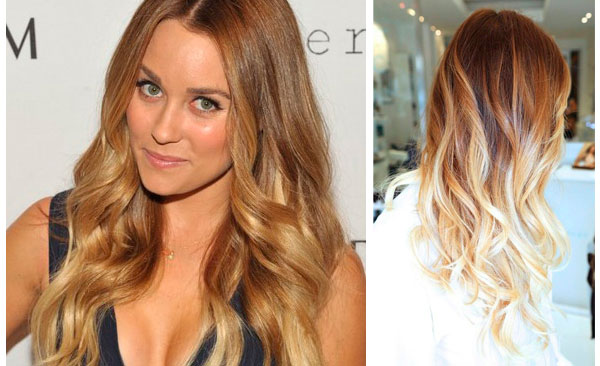
Even if you are repainting in your native color, do not rush to do it. Try the trend of the season for yourself! You will always have time to paint over your hair, but you are unlikely to decide to lighten the ends, spoiling them.
This color transition from dark to light refreshes the face, giving it a rested look.
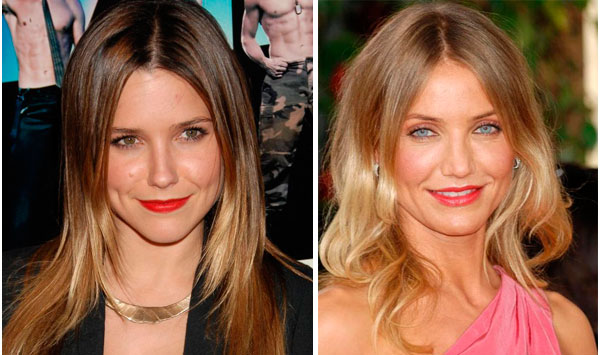
Painting technique
Preparation for painting: mix paint and oxidizer, prepare hair ties (4-6 pcs.)
Stage 1
Paint over the hair roots and wait 15 minutes.
Stage 2
Paint part of the hair from the roots to the temple or to the cheekbones (if you want to leave only the ends light). Wait 10 minutes.
Stage 3
Decide how the line of darkening of the hair will go: a straight line or with an offset.
If you chose exactly, then tie 4 ponytails.
And if with an offset (in the face, light strands will start higher and slowly decrease), then 6 ponytails per different levels. We tie ponytails 3-4 centimeters below the painted line.
Stage 4
We apply paint to the unpainted part of the hair near the ponytails, then again we pass with a brush from the roots to the elastic bands. Wait 10-15 minutes, then rinse and dry.
Voila, you have an ombre look just like Hollywood divas!
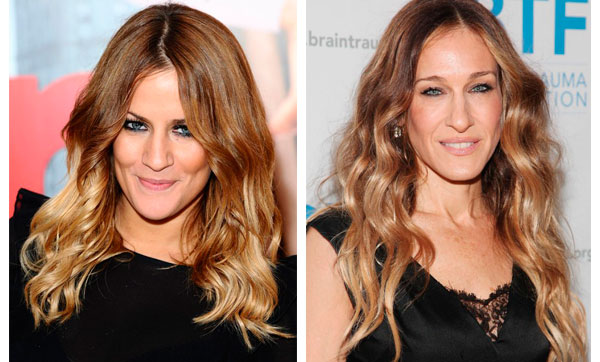
What to do when the color at the roots becomes noticeable during regrowth?
When the roots grow back or the color is slowly washed off, protonate the hair. After tinting, the difference will still be noticeable.
You can also paint with low ammonia paint. It is worth noting that the paint is applied first to the roots, and then to the strands.
Rate us:
Girls who keep their finger on the pulse of fashion have long ceased to be afraid of the word shatush. This is one of the new highlighting methods. Its purpose is to give naturalness to the hair and soften the transition of colors of the effect of burnt strands. Smooth and beautiful shades do not need to be tinted afterwards. A huge plus of the technique is that the regrown roots remain almost invisible, because frequent hair dyeing spoils their structure. Stylists recommend using shatush for blondes, brunettes and fair-haired. The effect is more noticeable on long dark hair. Light strands merge and get lost a little. The procedure is more gentle than conventional staining and takes little time.
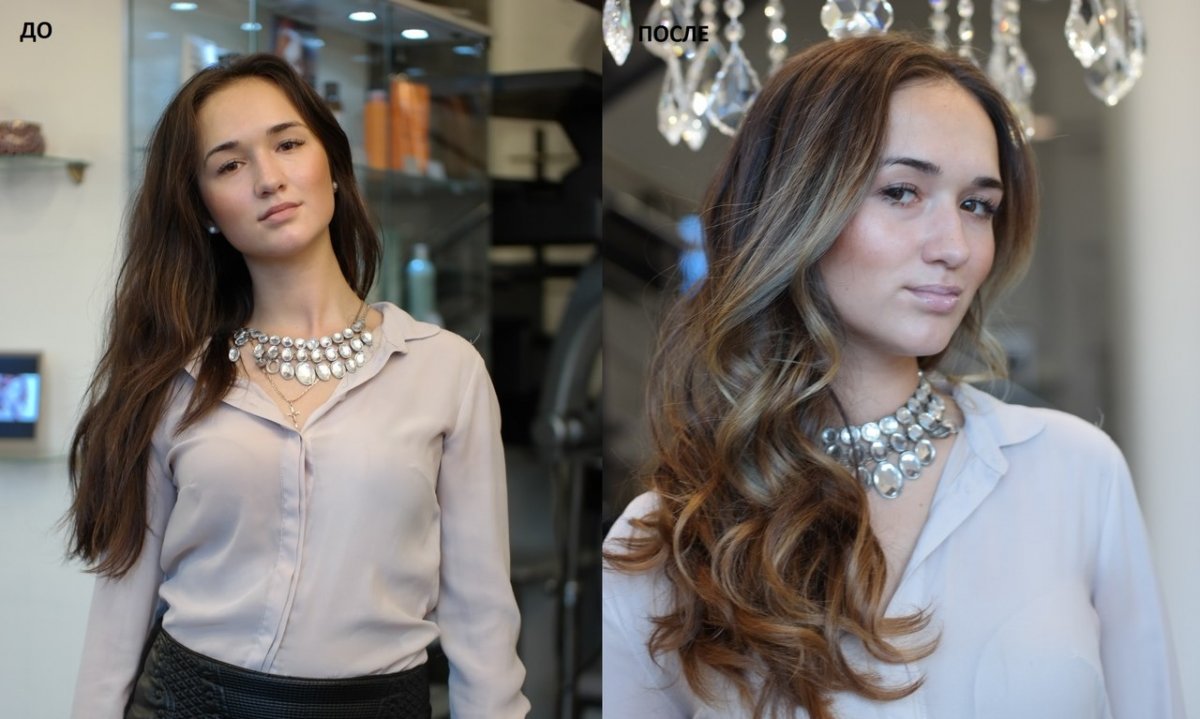
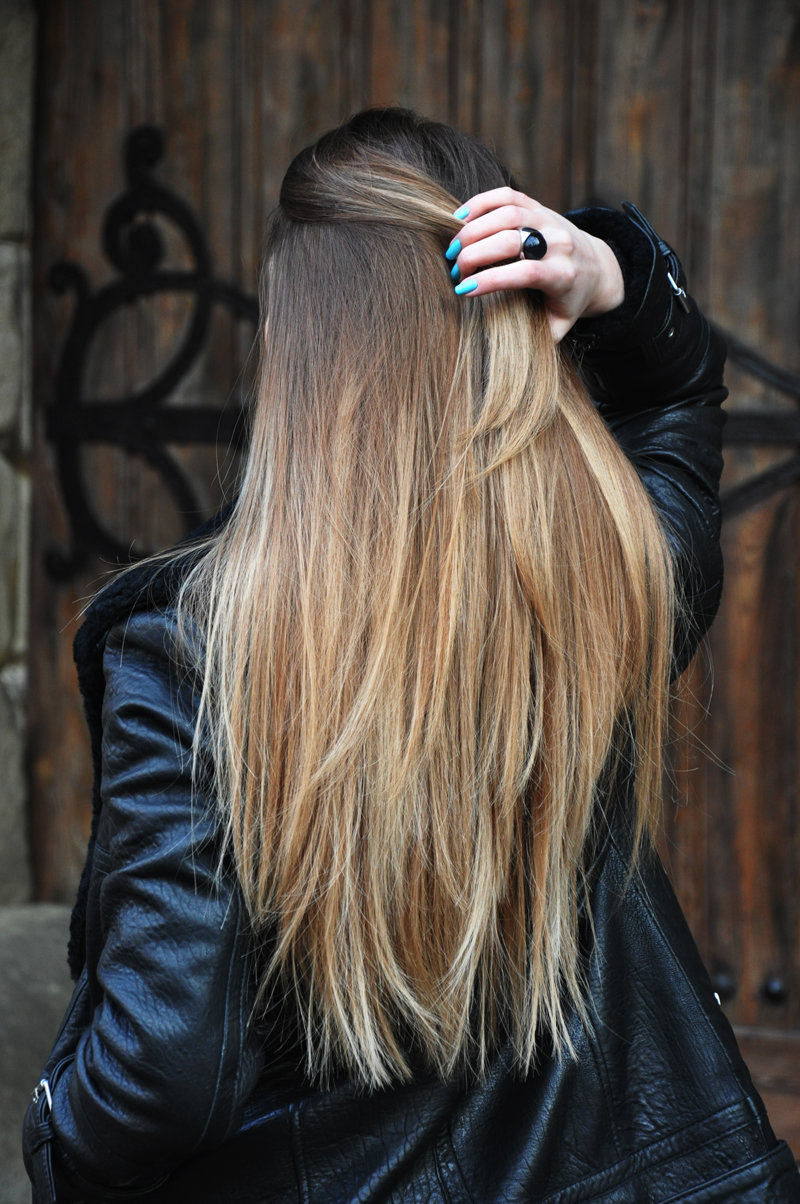
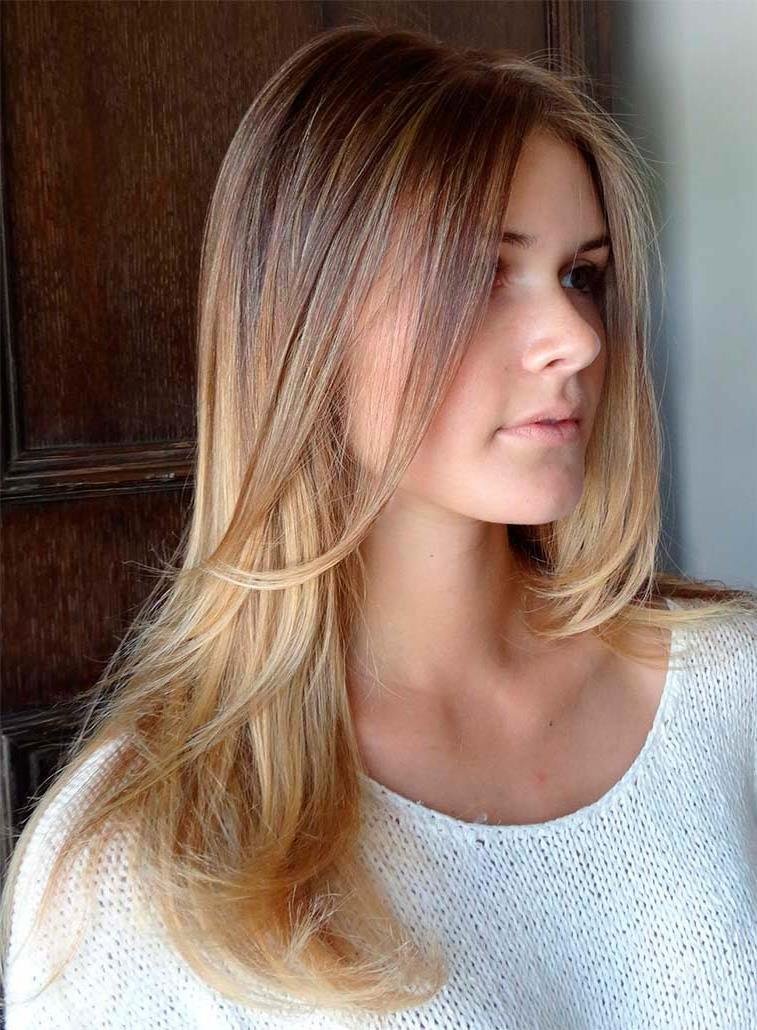
Technology advantages:
- practically does not harm the hair cuticle;
- the hair visually becomes more voluminous and magnificent;
- does not need frequent correction; growing roots do not stand out, but look natural;
- any hairstyle will look good;
- gray hair is well disguised;
- the execution session takes a short time.


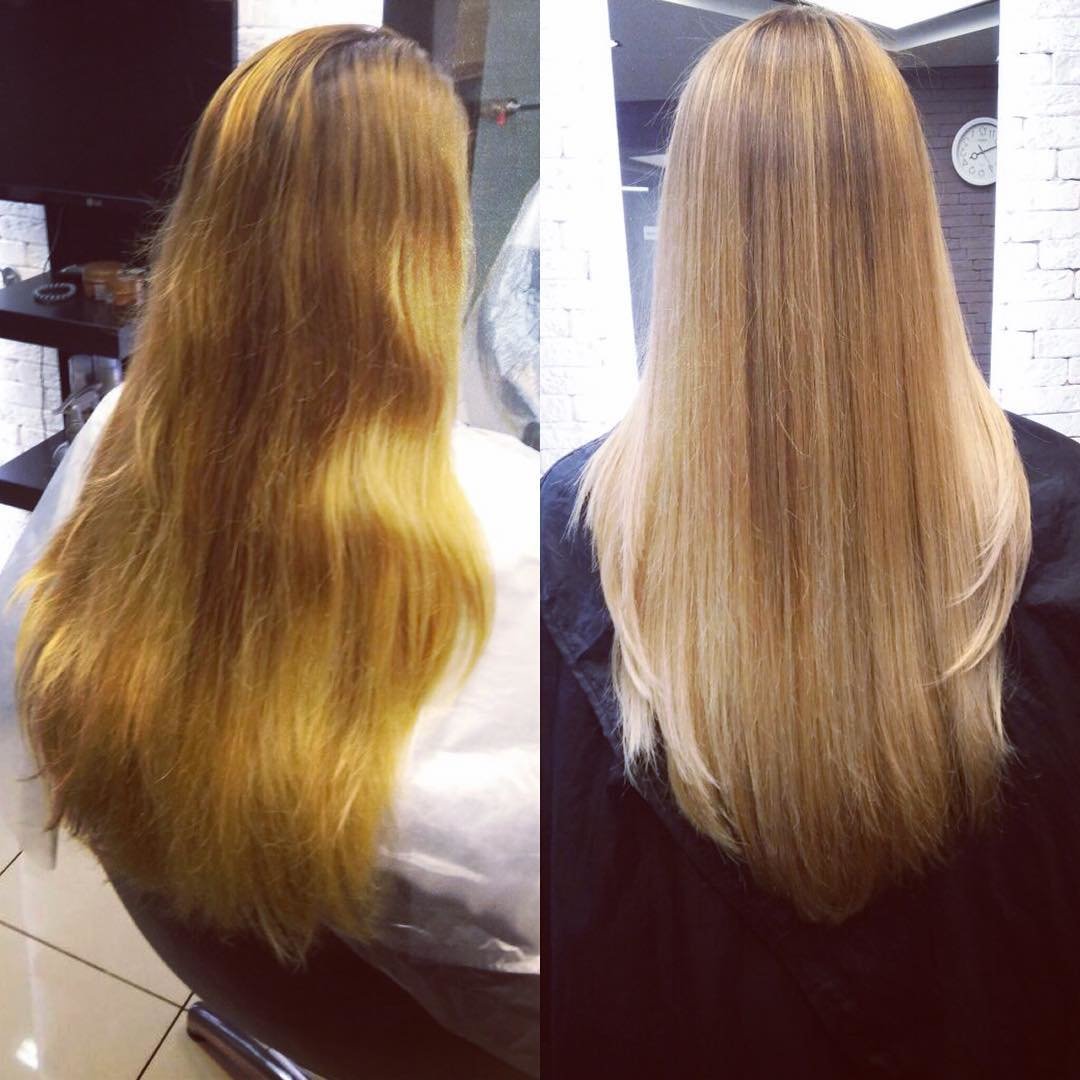
The effect of burnt hair is achieved by using two very similar colors. The shatush technique is applied to the entire length and is more suitable for owners of dark hair. At coloring is a smooth transition from dark to light. Overgrown light roots do not look aesthetically pleasing. Gray strands are suitable only if they are not more than 30%.
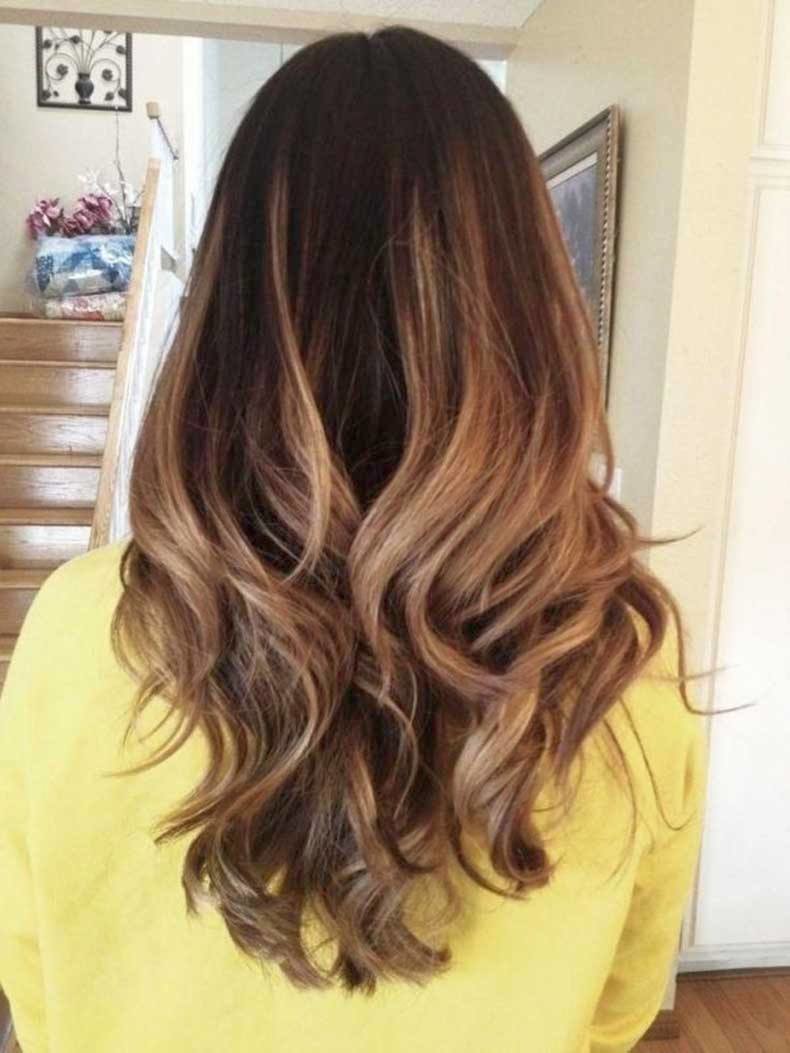
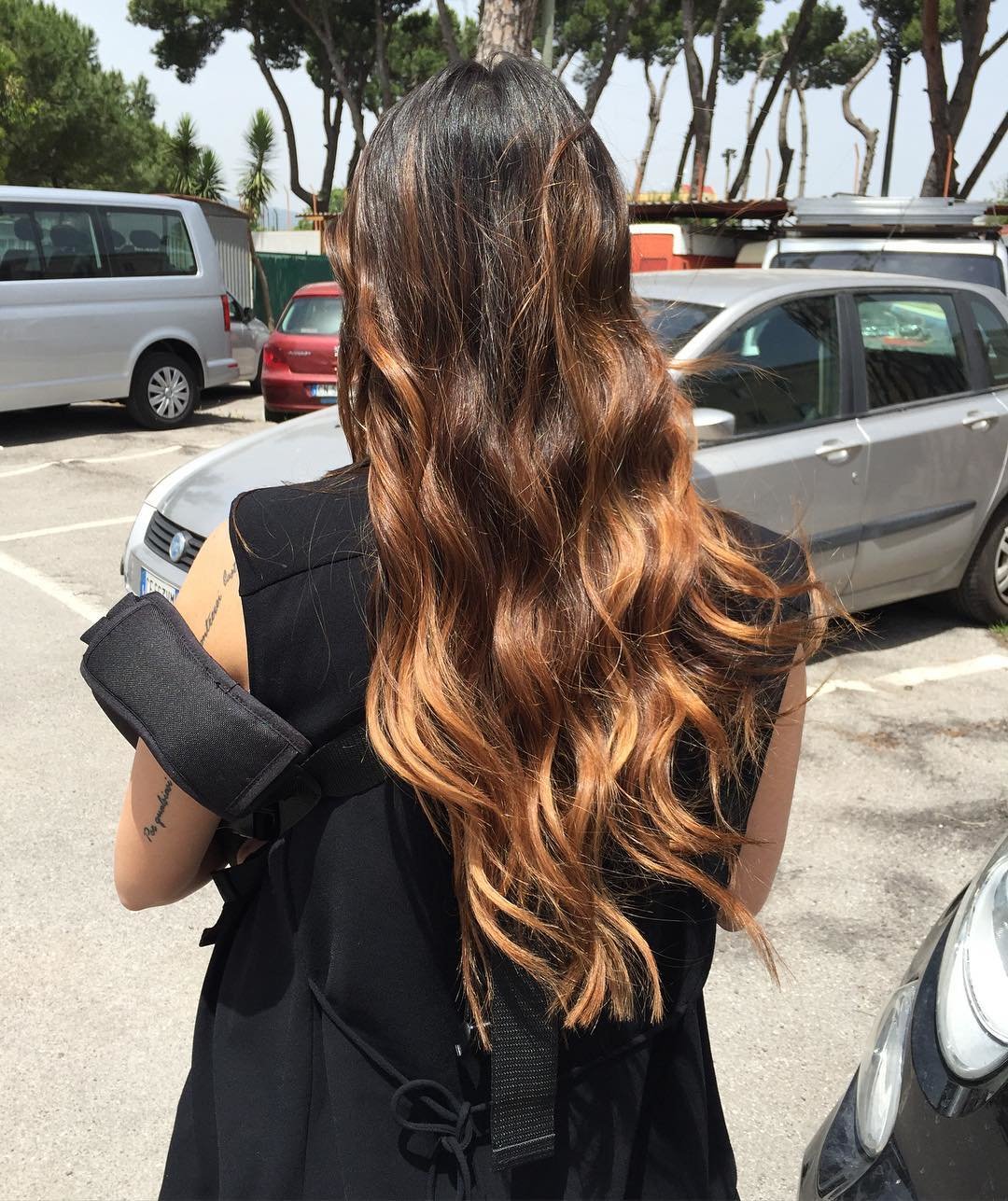
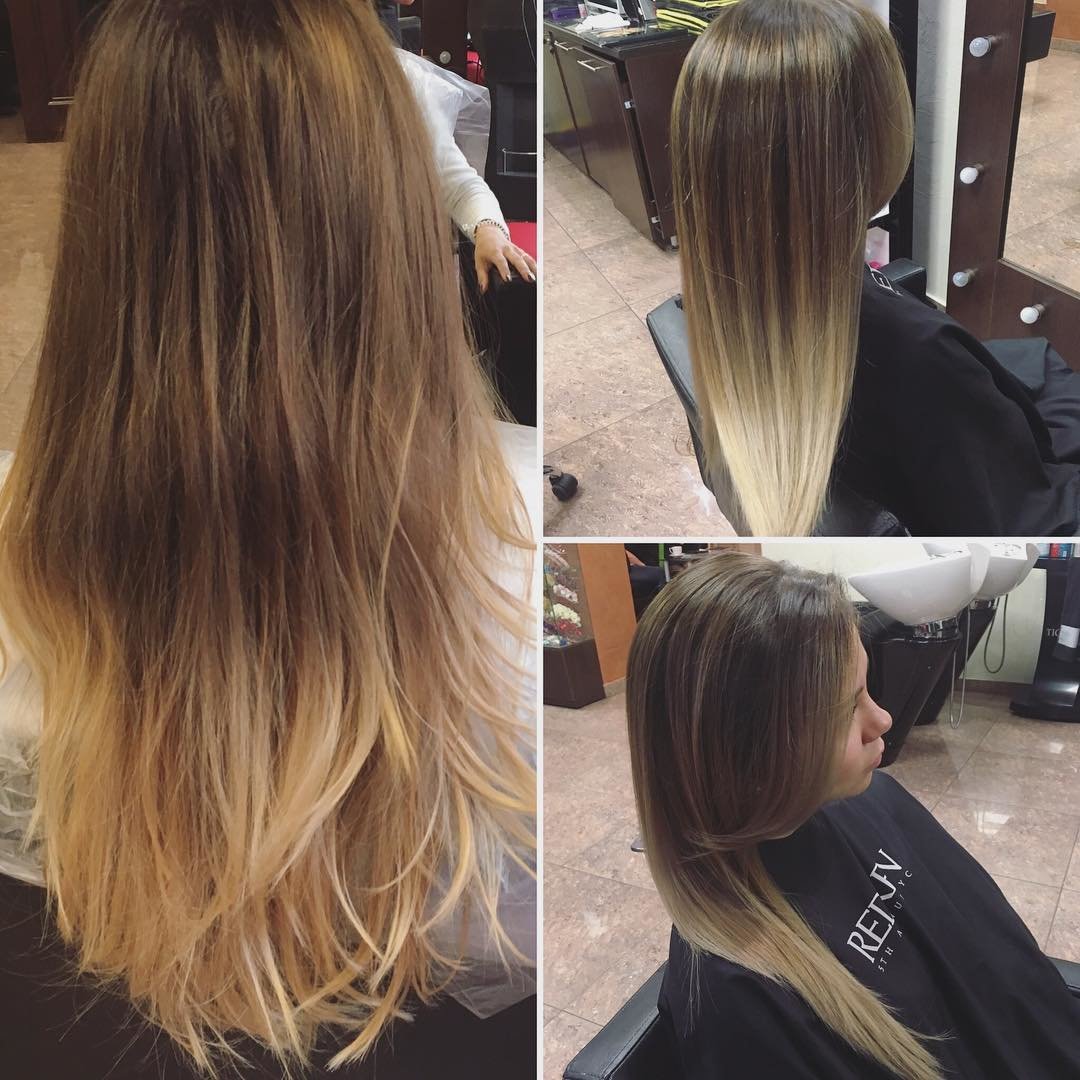
For the effect of shatush, both natural dyes and artificial ones are used. The former treat hair and give it a natural shine. Can be applied to already dyed curls. The most popular colors are all shades of wheat, walnut, gold, beige, as well as ash with pearls.
The technique is not suitable for permed or henna-damaged hair.
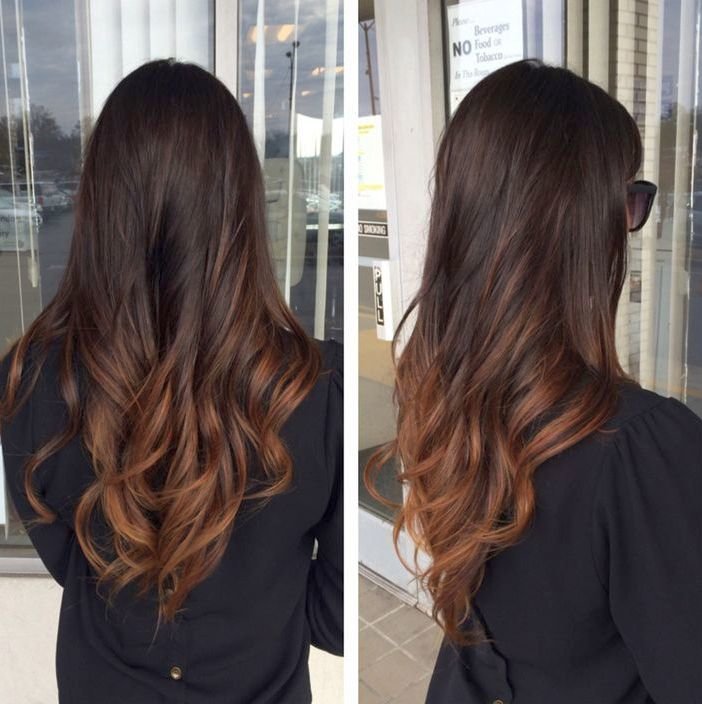
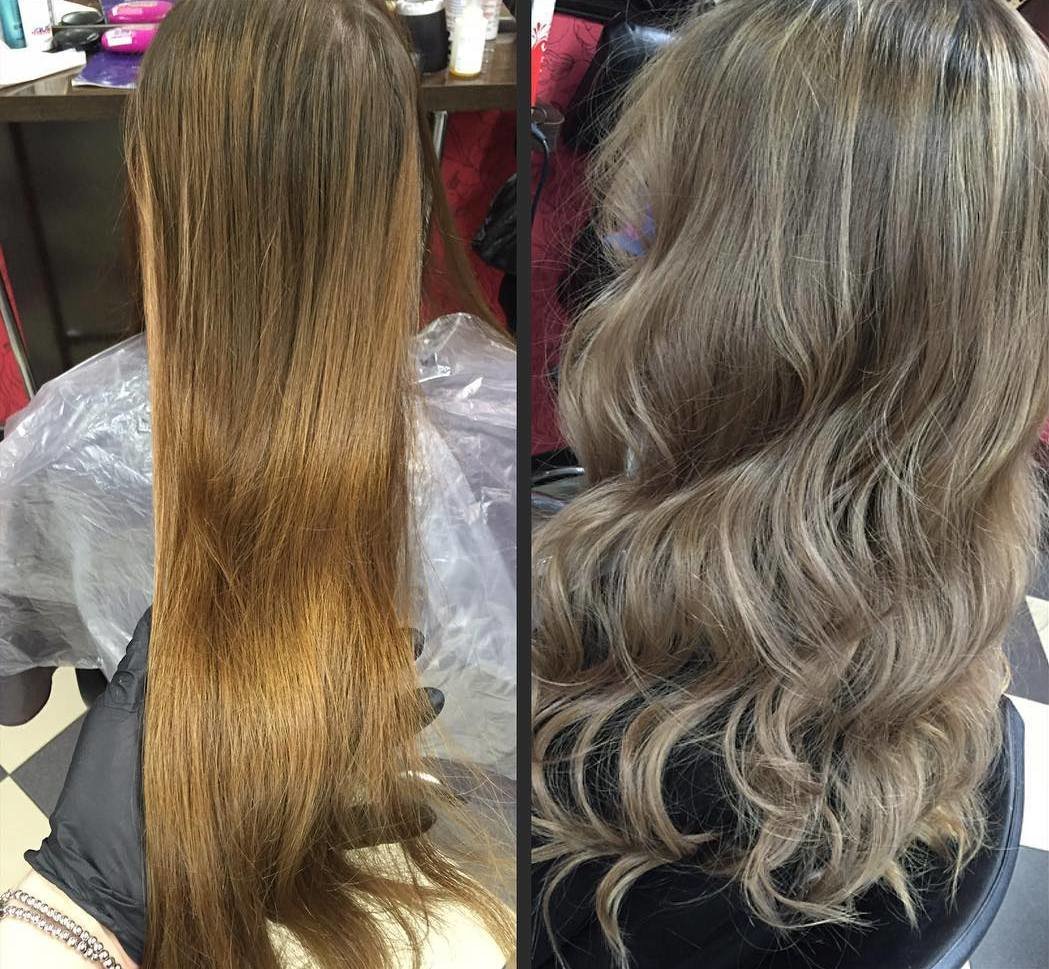
The salon procedure includes the following steps:
- Hair is divided into two centimeter strands.
- Since the staining starts from below, the upper strands are fixed with clamps at the crown so as not to interfere.
- Before applying the paint to the strand with short strokes, it is well combed. The roots are left intact.
- Depending on the desired color, the paint is kept on the hair from 10 minutes to half an hour. Very light tips will turn out if you keep 30 minutes, more natural - if 10.
- Wash off the coloring composition with clean running water.
- To neutralize the clarifier, the hair is tinted.
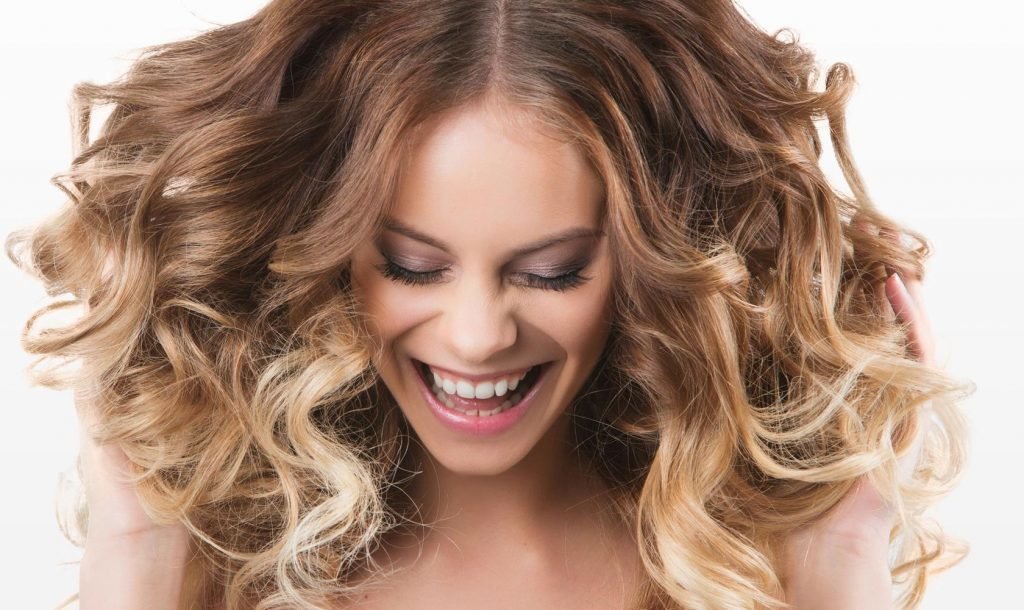
Ombre, shatush, sombre: what to choose?
Complex hair coloring is becoming more popular every day, and their variety is wider. What technique to choose in order to look spectacular and how they differ from each other, the question is increasingly heard on forums and social networks.
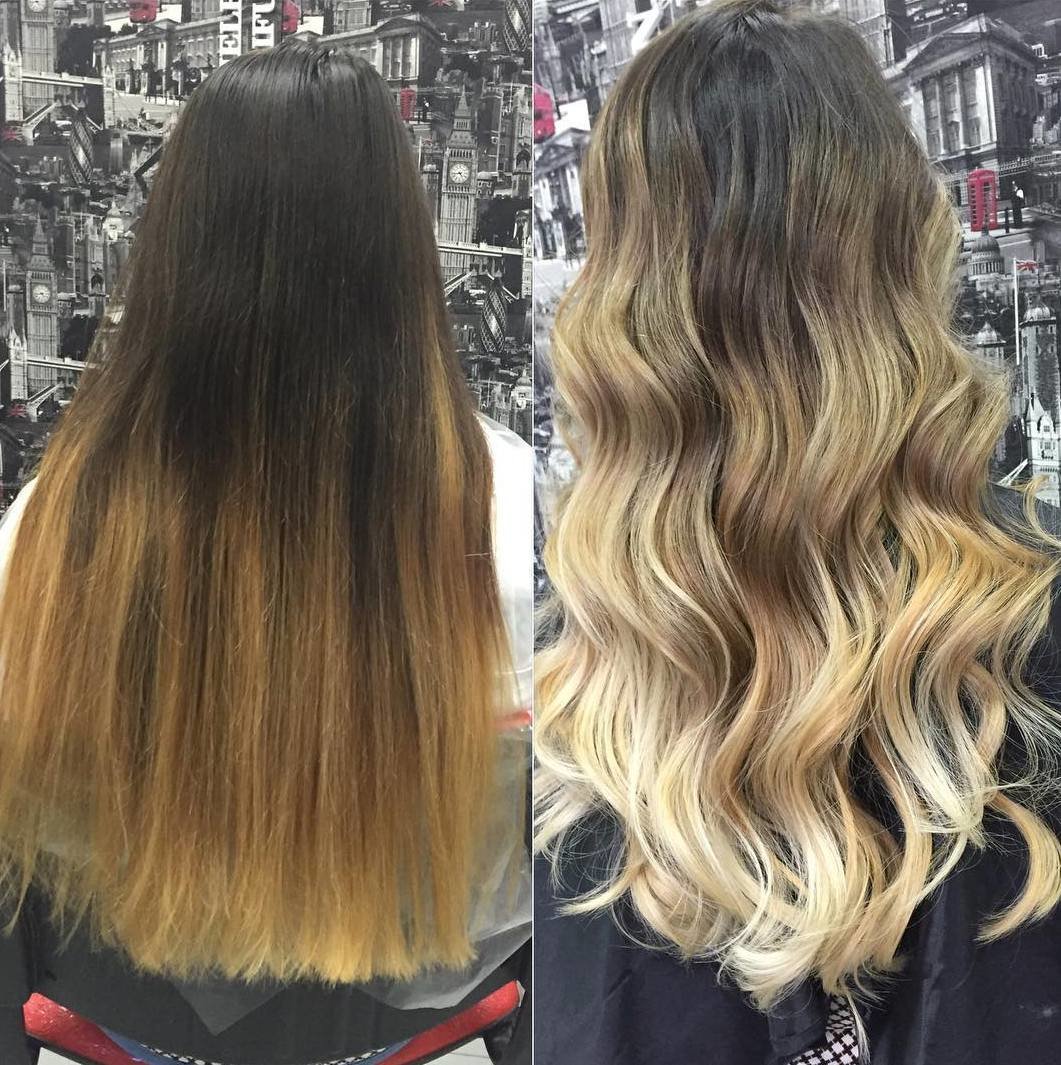
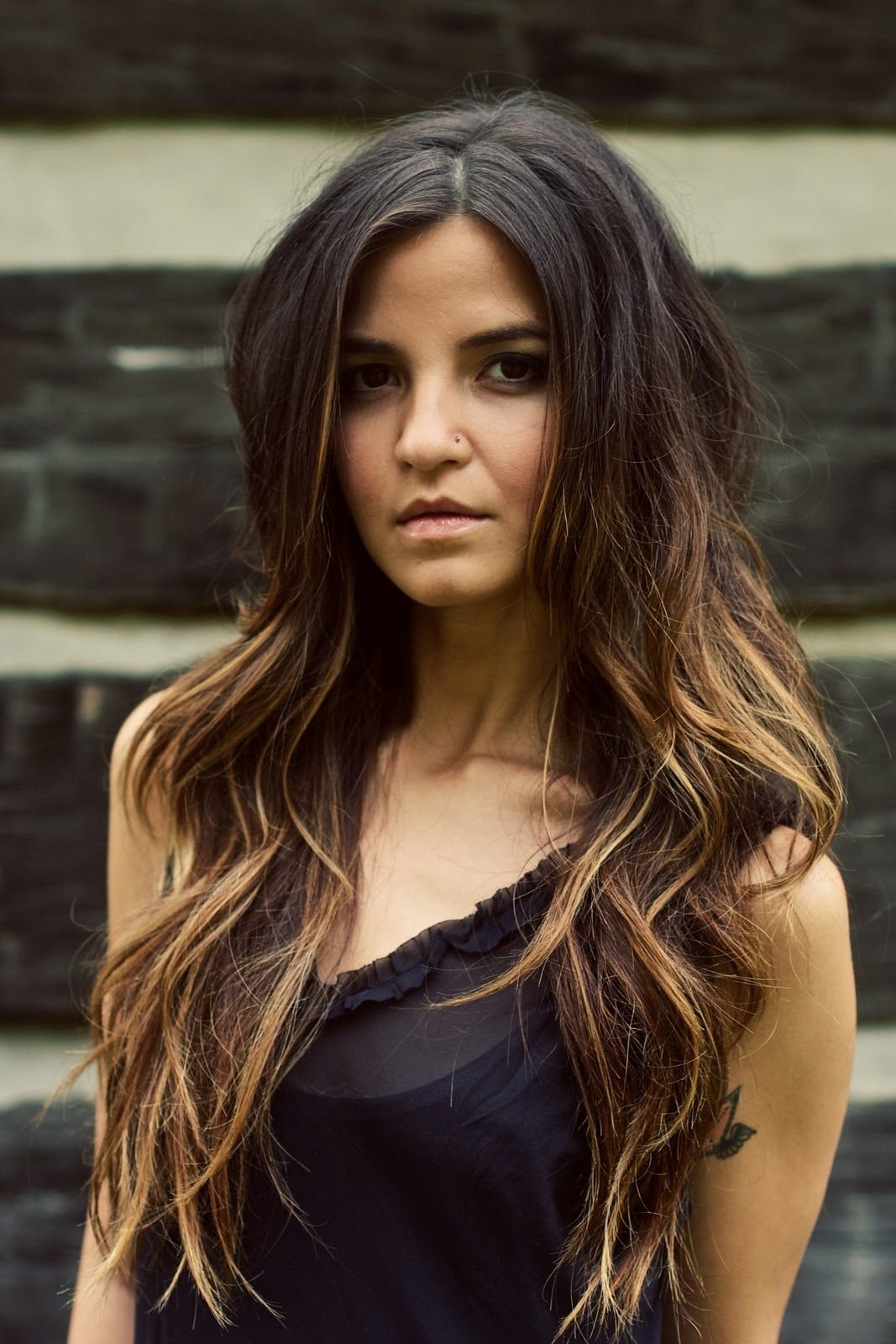
Masha Telegina especially for site
Some of the hottest hair color trends for 2017 include ombre, platinum, fine blonde strands, dyed ends and vibrant shades.
In this article, we'll detail each trend, where it comes from, who it's best for, and why you should be venturing into it.
Drumroll! Top 8 trends for 2017
Balayazh
Balayage looks more natural than highlights
To get perfect, as if light strands burnt out in the sun, you essentially have two ways: the usual light highlighting and the newer and more relevant “balayage” technique.
Balayazh is the process of applying paint to the hair with a light touch of a brush. Balayage gives the colorist more freedom to apply the color as they see fit, as opposed to highlighting, which can be more precise.
Balayazh is taking salons by storm and is quickly becoming the preferred way to lighten strands over highlights. It suits hair of any color, but looks especially good on blondes with a good base color. We recommend trying a combination of light and dark strands. This technique is used in many of the trends below, such as the thinnest blonde strands and "French chestnut".

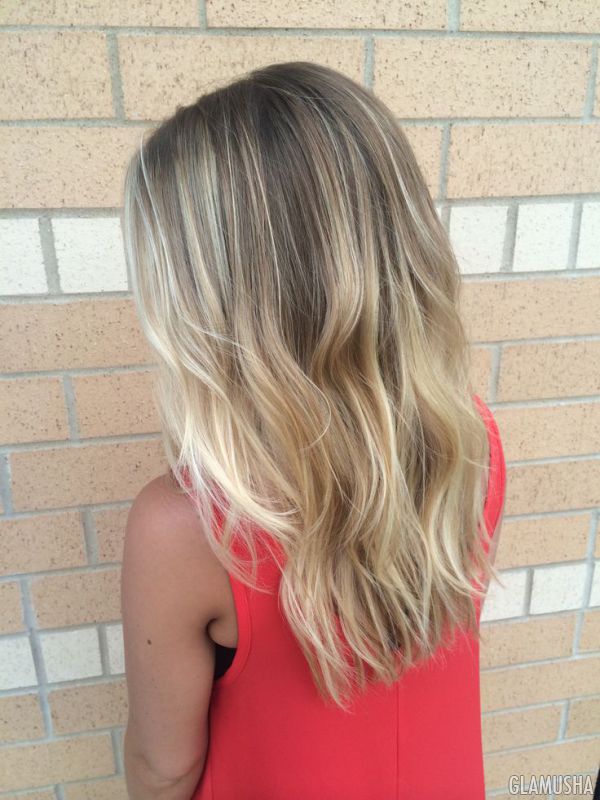
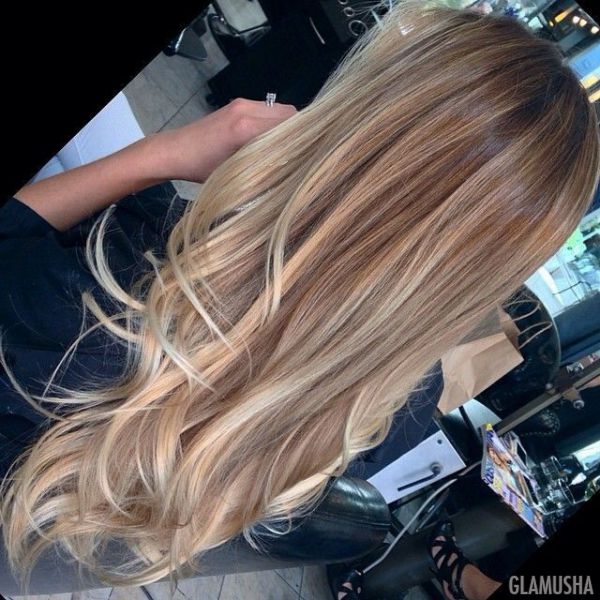
pastel shades
Pastel shades of colors NOT found in nature
Many celebrities have ever dyed their hair in pastel shades. Kate Bosworth, Avril Lavigne, Carrie Underwood, Pink and Rihanna have appeared on the red carpet in wide streaks, all brightly colored or tinted hair, or just pastel tips. Pale pink, light blue, apricot, light purple shades are seen everywhere in big cities. This trend has been dubbed “unicorn hair color”, and by it is meant a hair color that is completely not found in nature in humans.
If you don't want to go all out, consider pastel-dyeing a few strands or pastel-colored feathers.
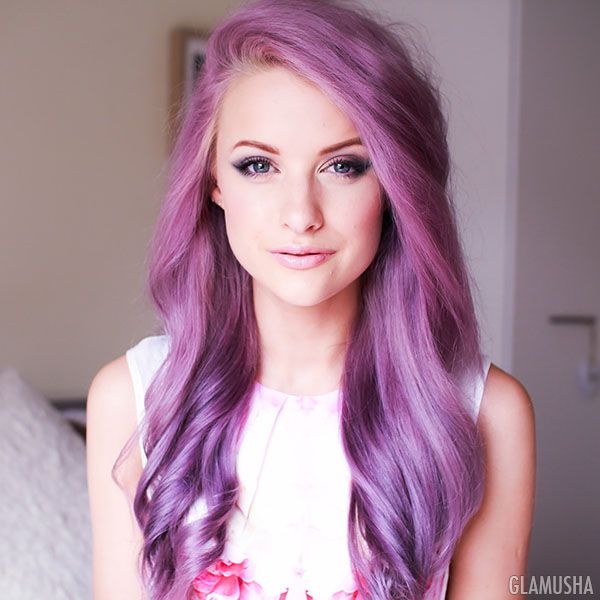
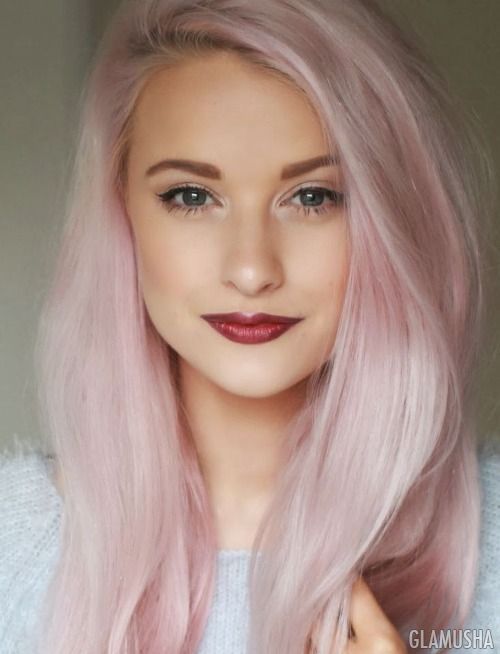
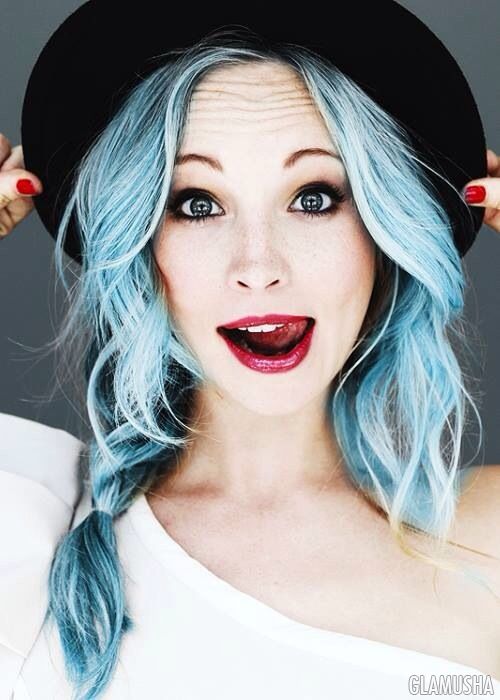
babylights
The thinnest light strands
In essence, these are extremely thin, barely perceptible light strands that are drawn using the balayage technique. As planned, they give volume to the hair color - very similar to the hair of a blond child in late summer - and look as natural as possible.
The hair colorist divides the hair into many small parts and applies different shades of color to parts of those parts. Remember what the thinnest stripes you get with highlighting? The thinnest light strands are tiny particles of light strands, but their difference is that they are drawn, so some strands are wider than others. It's a tedious process that can take over an hour, but the end result is amazing and looks much more natural than all-over highlights.
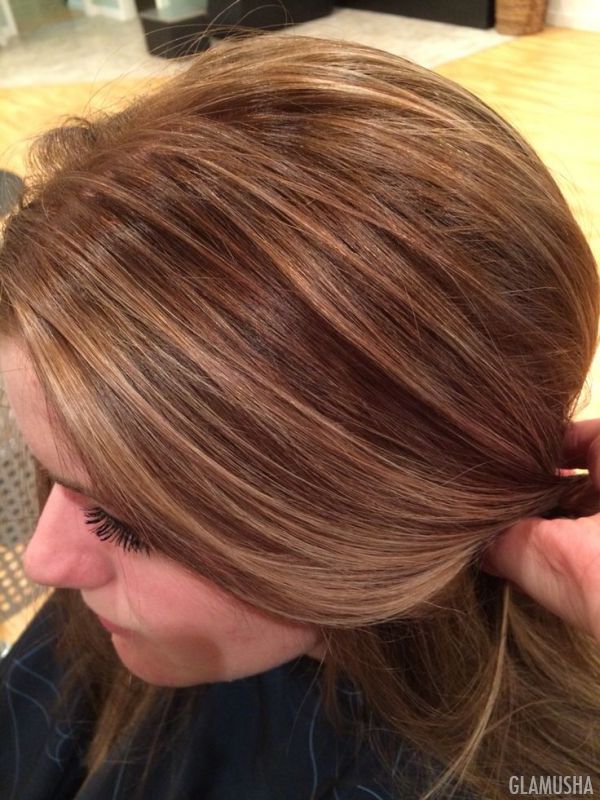
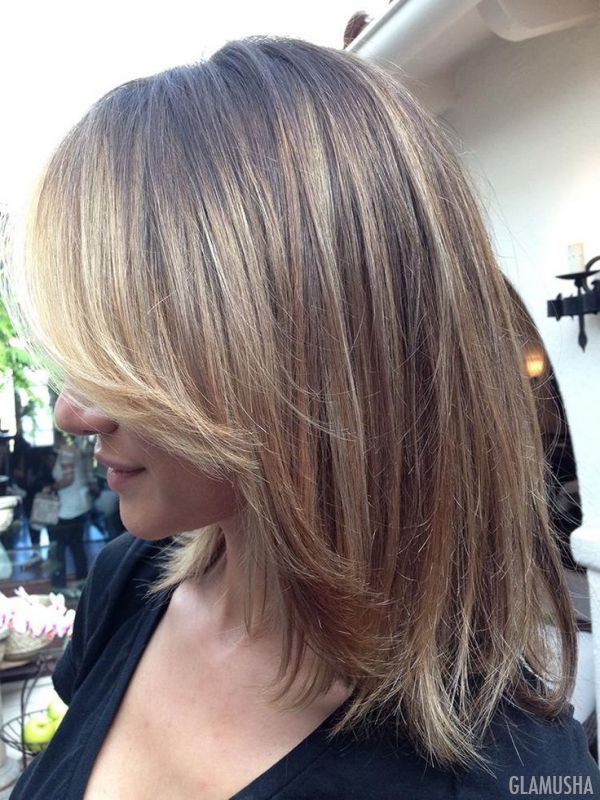
Brunette with a twist
Who said, that Brown hair it's boring? There are several things that can be done with the hair of any dark-haired woman: make it darker, a rich brown shade "espresso" with subtle caramel blonde strands, lighten them to a golden brown combination known as "brond", or create an even layering of color in a technique ombre With dark color at the roots, gradually brightening towards the tips.
Another trend is french chestnut: Essentially 3 dark balayage shades for a multi-dimensional, natural effect. Very much in the spirit of French women, who, as we all know, are so charming without embellishment.
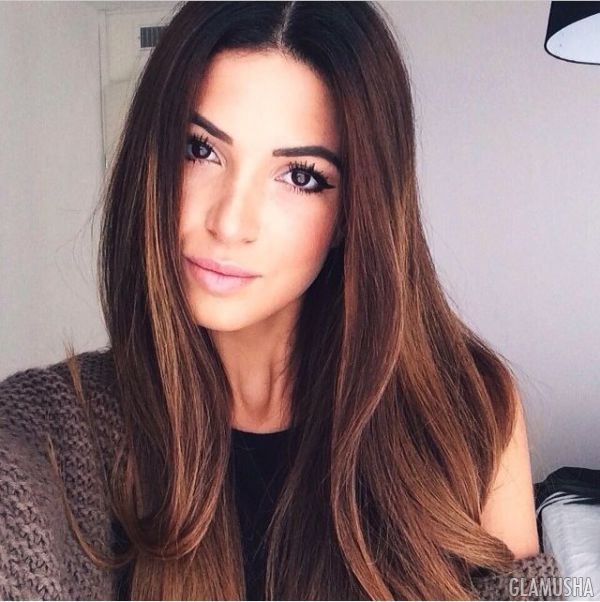

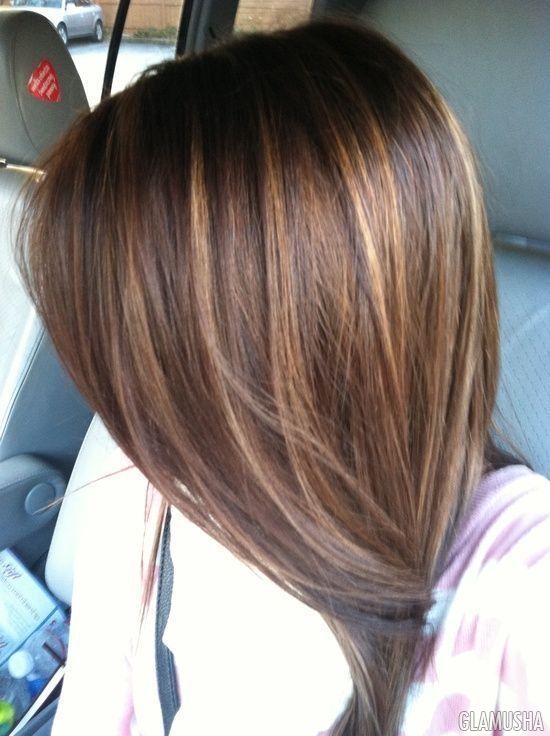
![]()
Sombre
Soft (soft) ombre, or subtle ombre
"Ombre" is a French word that literally means "evenly shaded". The roots are left dark while the rest of the hair is lightened from mid-length using the balayage technique.
This trend is also called "surfer strands": surfers have the best natural blonde strands - they have no beginning and no end. The sun highlights their hair in such a way that a perfect transition from dark to light is created.
But the days of the obvious ombre, that transitional color that looks like sun-bleached, 3-month-old hair, are coming to an end. Today, a new, more sophisticated trend, which has been dubbed "sombre", is in fashion. Its essence is that the hair should be lightened only in places, and the tips completely.
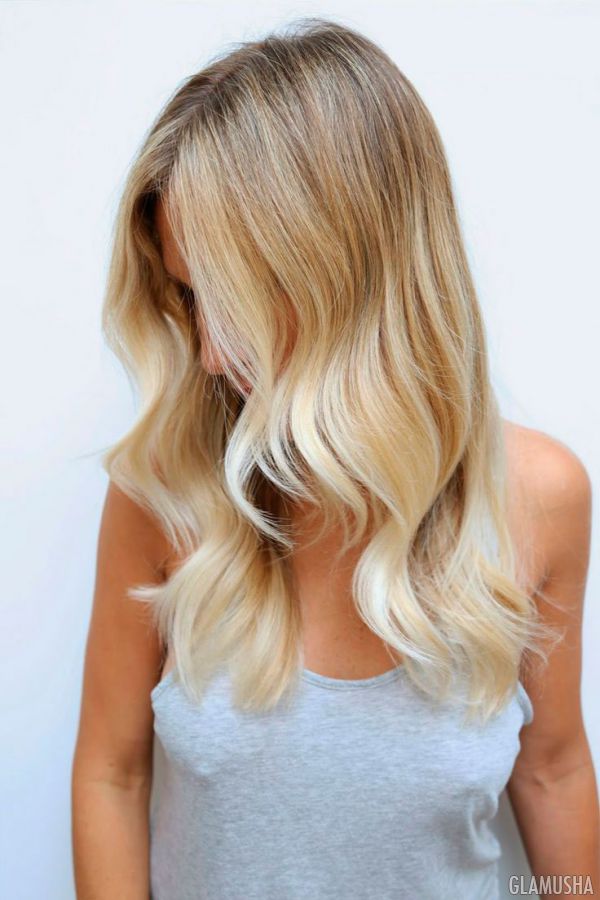
Platinum blonde
The coldest and lightest shades of blonde
This color has been favored for many years, ever since Gwen Stefani first appeared with her signature hairstyle.
Now platinum blonde hair is more popular than ever, as blondes are choosing lighter shades, abandoning golden honey tones in favor of colder and lighter ones. However, maintaining this hair color requires serious maintenance, and it will not suit all skin tones.
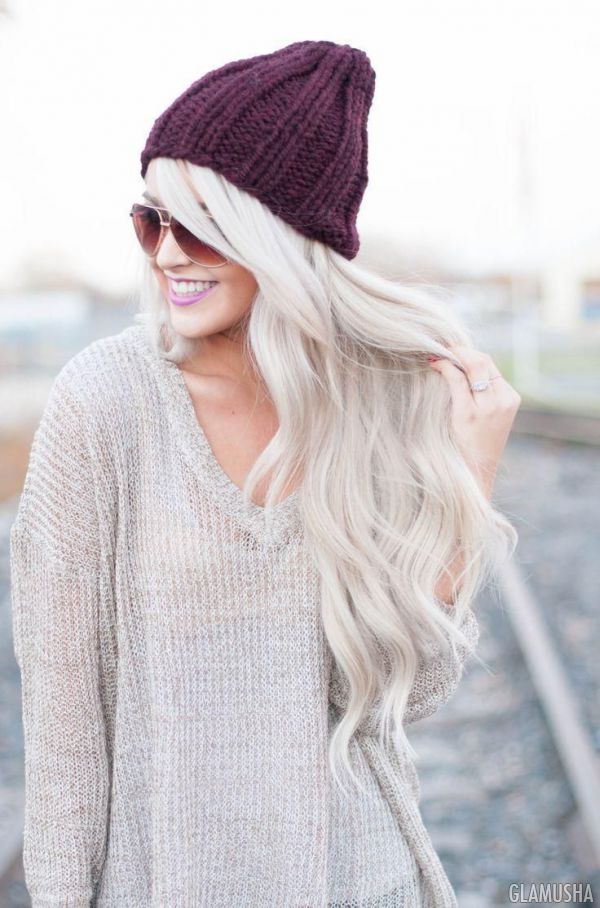
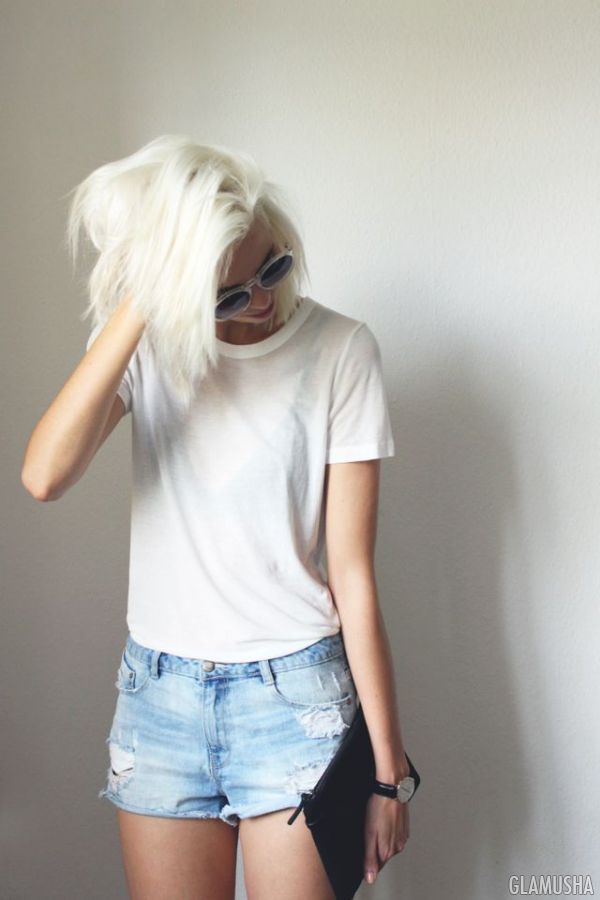
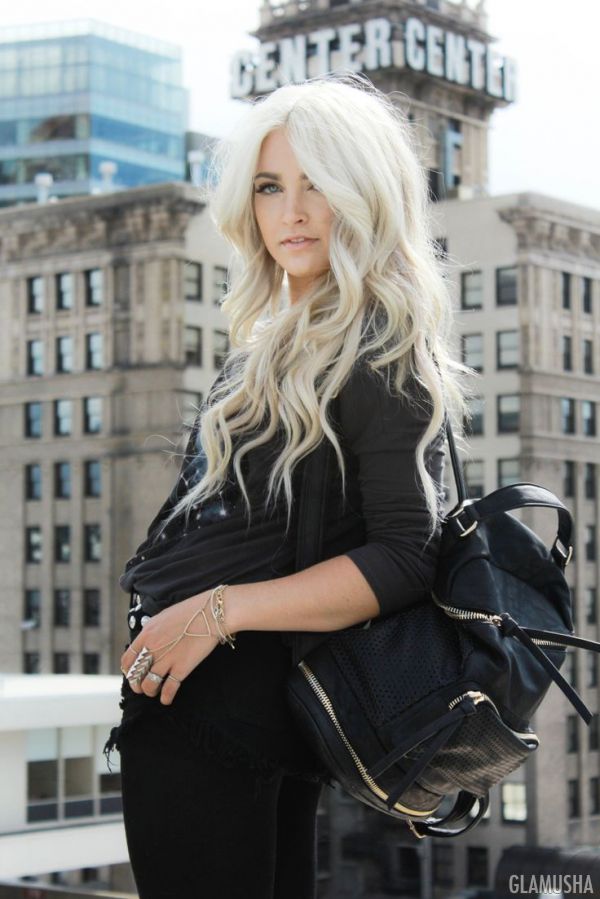
Booking
Shade "bronde" or "brown blond"
Bronde or brown blonde is the perfect shade, the sweet spot between blonde and brown, that was first made popular by supermodel Gisele Bündchen and remains popular to this day (another long-running trend!).
The main condition for creating the perfect shade is to lighten the hair, selectively staining the upper layers of the hair with two different colors of the brightening cream paint.
This coloring gives dark hair depth and volume of color without giving the impression that you are trying to be a blonde, which you really are not.
Just make sure the roots and highlights don't contrast too much so you don't end up looking like you burned your hair and are trying to grow it out.
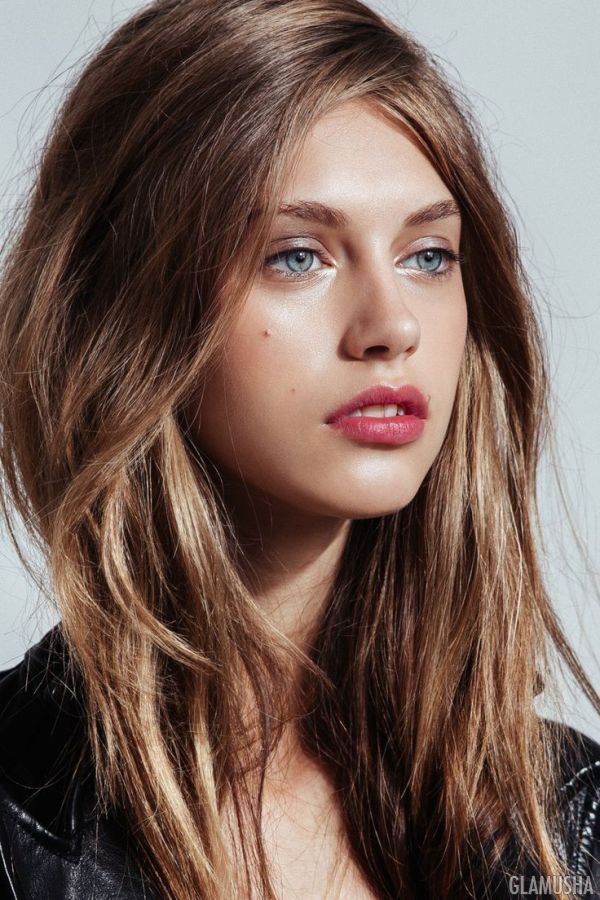
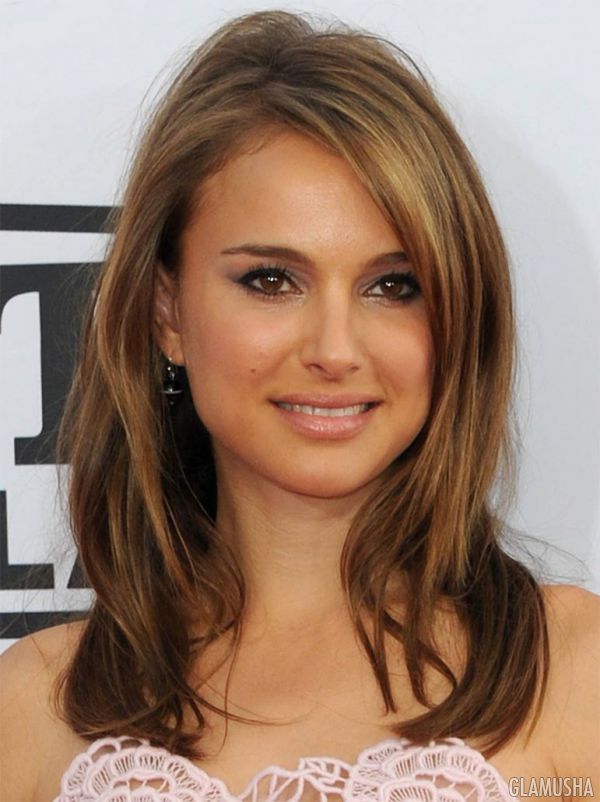
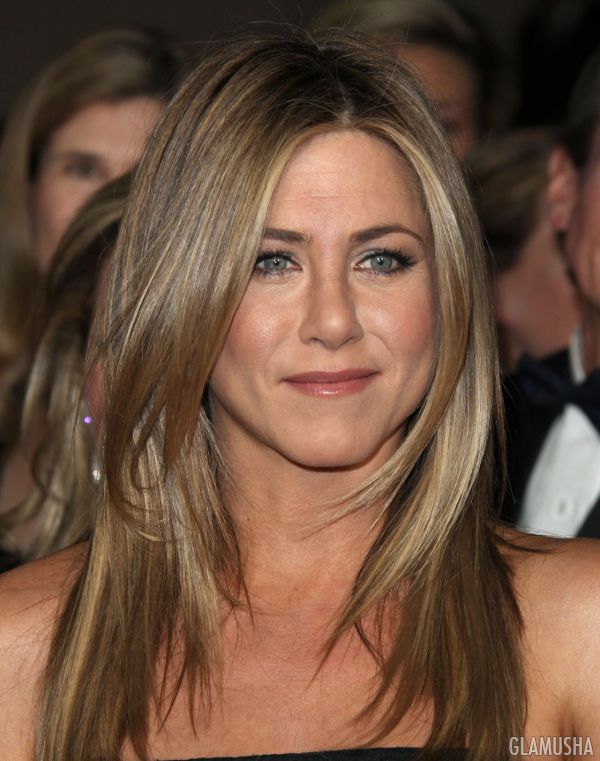
Correct red hair color
The hottest shade is rose gold.
Oh, how beautiful red hair that looks natural. Red hair color is extremely hot this year, but its shades range from delightful rose gold to deep red. The good news is that red hair goes to almost everyone, you just need to choose the right shade. And you should not try it on yourself. Consult with a professional. Always have two photos with you: one you love and one you don't like. You can perceive colors and shades in very different ways, and sometimes words just don't help. You can discuss the right color together and understand each other.
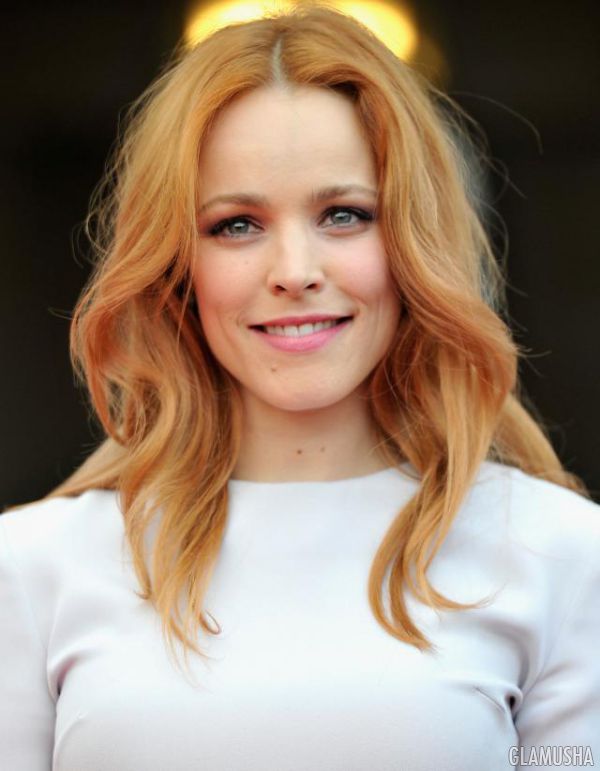
Recently, double hair coloring is gaining more and more popularity. White and dark colors can be very beautiful and harmonious, or vice versa, extravagantly combined and give individuality to a woman. This article will be devoted to various dyeing techniques in 2 colors and how to refresh the natural white color.
Double hair coloring techniques
highlighting
Highlighting is the most famous way of coloring hair. In this case, individual thin strands of hair were discolored, which refreshed dark hair. As a rule, you can use different shades and tones, the more strands are dyed, the more colorful the hair will look.
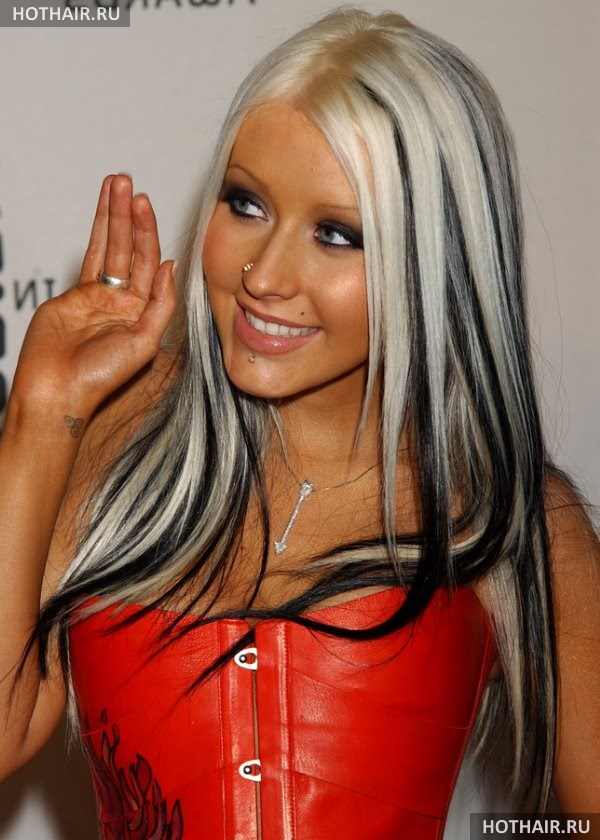

ombre
Ombre is the most popular type of coloring, with which a clear transition from dark roots to blonde tips and vice versa is possible. Also, it is possible to completely repaint the hair, when instead of the natural color on the hair, a gradient is obtained between any two colors, with the possible use of a third shade.
Horizontal coloring
Horizontal coloring is a kind of ombre, which is performed not from the roots to the ends, but from the lower hair to the upper. Thus, everything that relates to ombre can also be said about horizontal coloring, taking into account the direction of color change from the inside out.
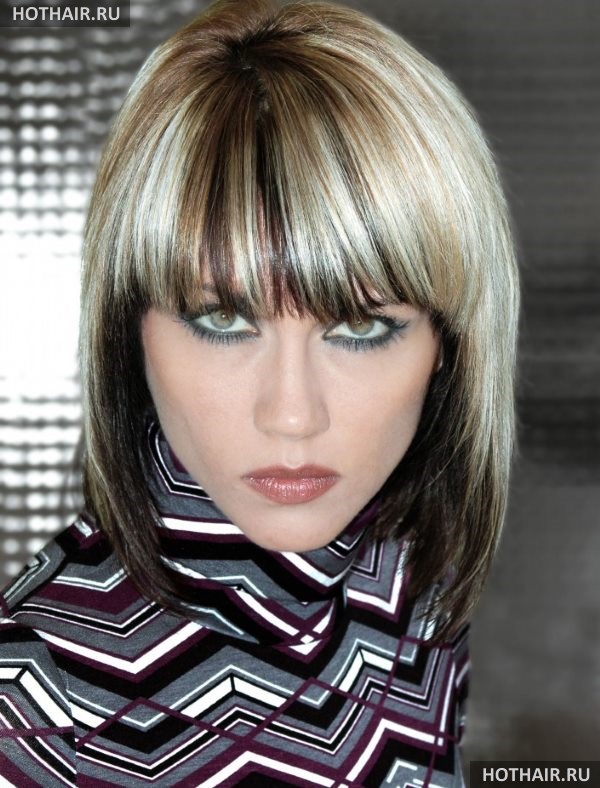
Cross coloring
Cross coloring is a special case of ombre, made more roughly. Here the transition from color to color is quite sharp. At the same time, any colors are also used - both natural and extravagant. Therefore, it is better to do this coloring with hair length below the chin.
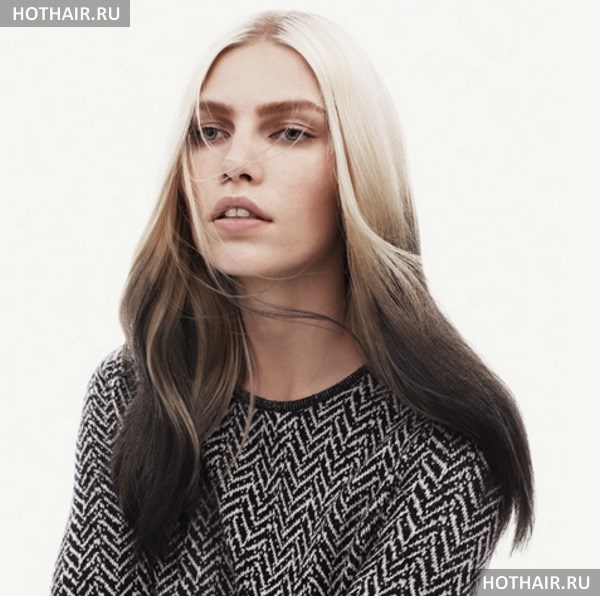
degrade
Degrade is often considered synonymous with ombre and transverse coloring. But in this case, it is based on 2 different colors in which the hair is dyed - the roots of one tone, the tips of another. The transition can be either abrupt or smooth. The difference between degrade and ombre and transverse coloring is the use of only 2 colors of a natural shade.
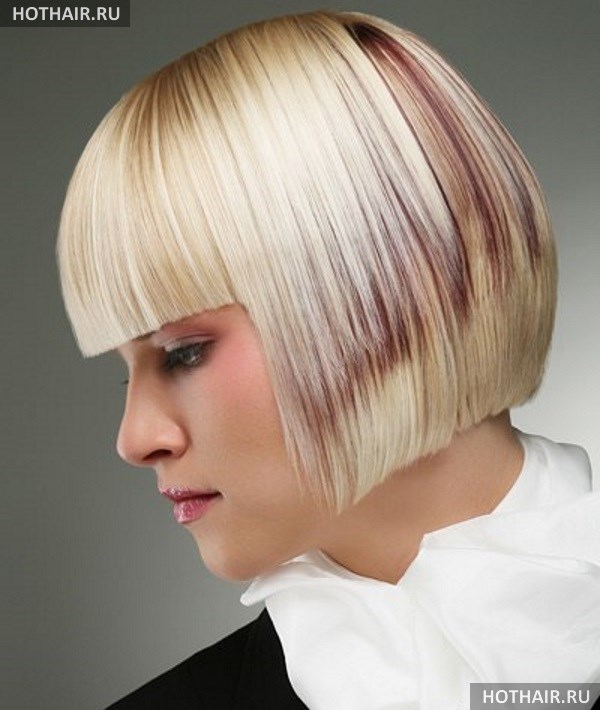
Shatush
Shatush - alternation of dark and light strands with a difference of less than 2 tones with a predominance of one of the colors. Recommended for women with dark and long hair, as on blondes and with short haircut shatush is not always noticeable. It is best when the strands are randomly dyed in a lighter tone, creating the effect of sun-bleached hair.


Balayazh
Balayazh is a sharper shatush or vice versa - a calm ombre. In this type of dyeing, the hair is evenly dyed from roots to ends with lightening by more than 3 tones. The hair roots themselves are not touched.

Booking
Bronding is a transition from medium-dark hair roots to lighter tips within 2-3 tones. Recommended for dark blond and classic brown-haired women. In this case, the roots of the hair are not touched, but the hair is dyed closer to the tips, which allows you to stay fashionable and grow your hair without touching up the roots.
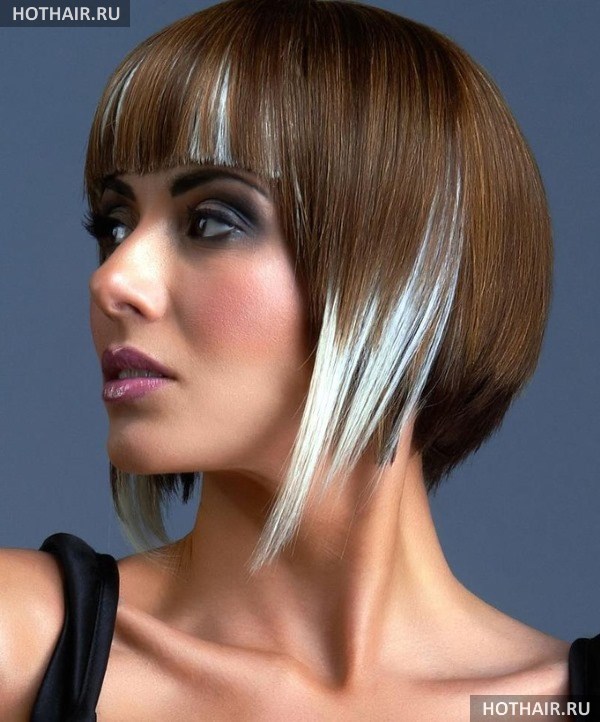
Partial coloring
Partial coloring is a coloring in which a separate section of the hair is exposed to paint. It can be one strand, a bang, or any single segment of hair. In this case, different colors are used, the length of the hair does not matter and the original color is not important. The main thing is that initially the hair should be of the same tone along the entire length for the greatest effect.
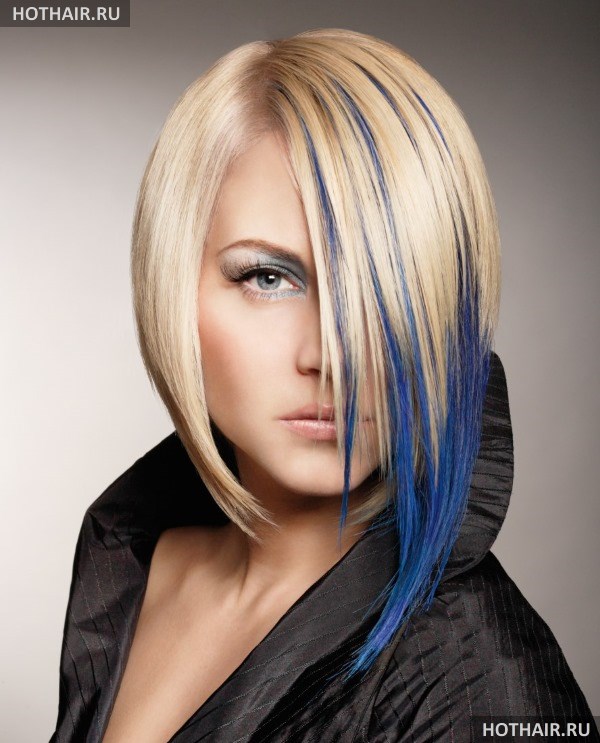
For example, Stella from the cartoon "100 Dalmatians" had partial coloring, when half of her hair is black and the other is white. By a similar principle, you can dye your hair, alternating the main color with artificial pigment, creating the effect of "raccoon tail". If you find a professional, it is possible to apply any pattern using several colors, then your hair will become the canvas of the artist.
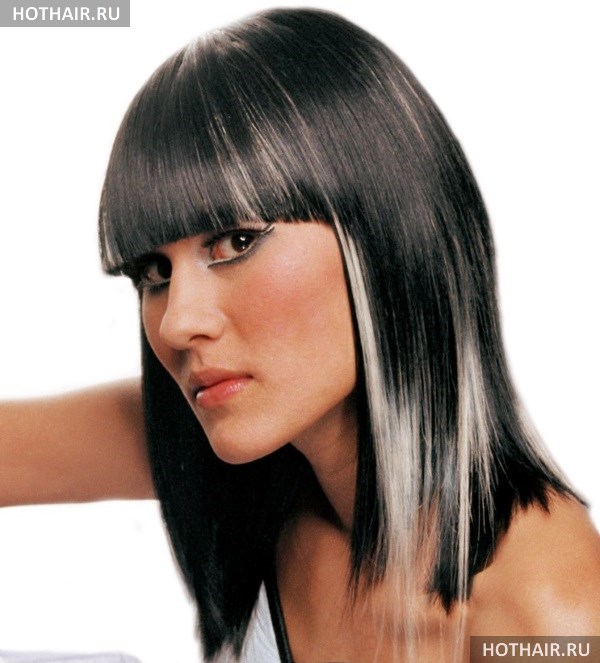
![]()
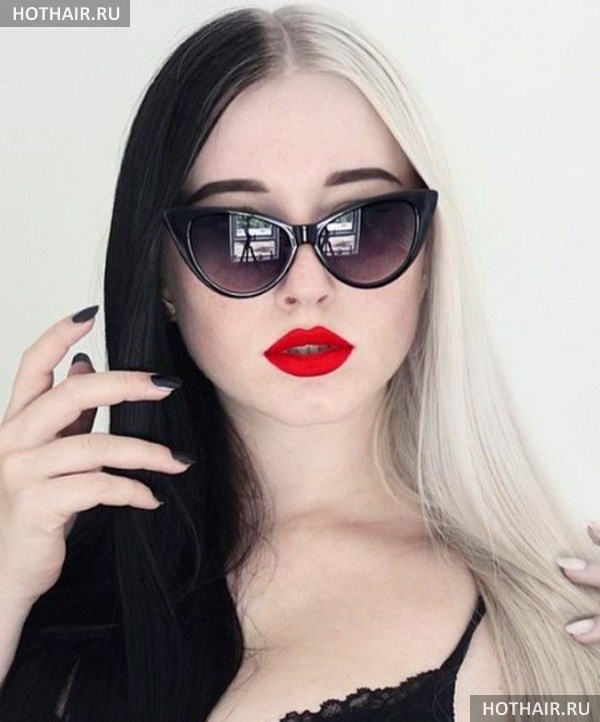
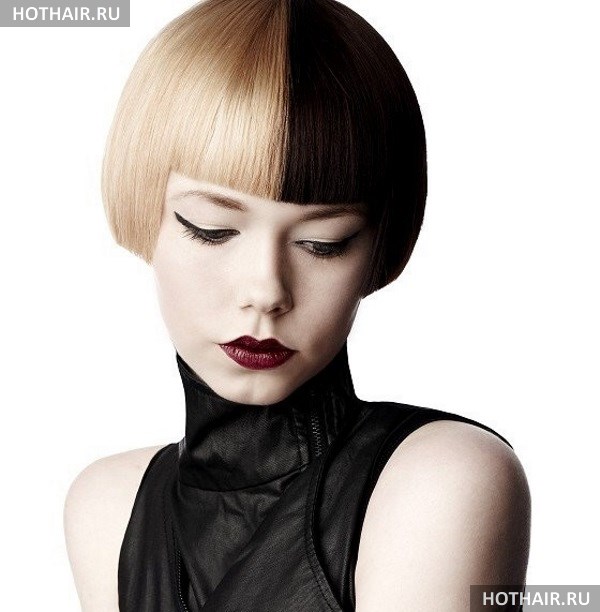
How to refresh light hair color?
All of the above methods of hair coloring are perfect for brown-haired women, fair-haired women and all ladies with dark hair color. And what about the blondes? As a rule, few people know what to do with blond strands if their owner wants something new. In order not to rack your brains, you can choose any of the options below to bring it to life on blond hair:
- According to the principle of highlighting, you can paint several thin strands near the face or on the crown in a darker tone.
- If you want something bright, use partial coloring - here your imagination can manifest itself, starting with one red strand and ending with a whole picture on a blond-colored canvas.
- Ombre can add some zest if you discolor the tips, apply ashy shades, or choose an unnatural color to create a transition - light pink, baby blue or light green.
- With the help of transverse coloring, you can leave the upper part of the hair intact, and dye the lower half in any color you like. The advantage of this coloring is the ability to grow hair and at any time to cut off the annoying contrasting ends of the hair.
- Degrade will allow you to darken the ends of your hair with a smooth transition, which will slightly refresh your look without changing it drastically.

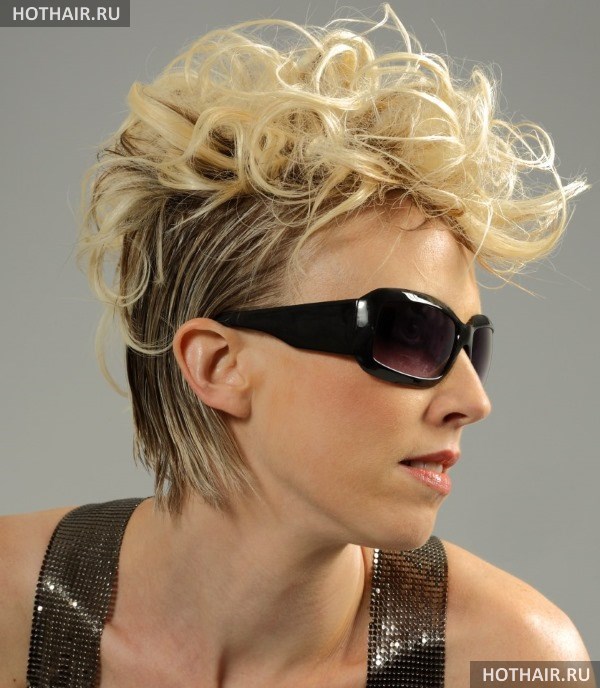
Thus, it becomes obvious how diverse double hair coloring can be. White and dark colors can be combined in different ways, contrasting or complementing each other. Bright colors will add playfulness to you, an unusual technique of partial coloring, and at all, makes it possible to show imagination by more than 100%.
